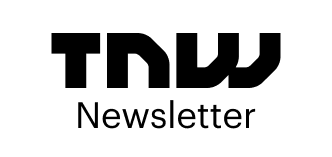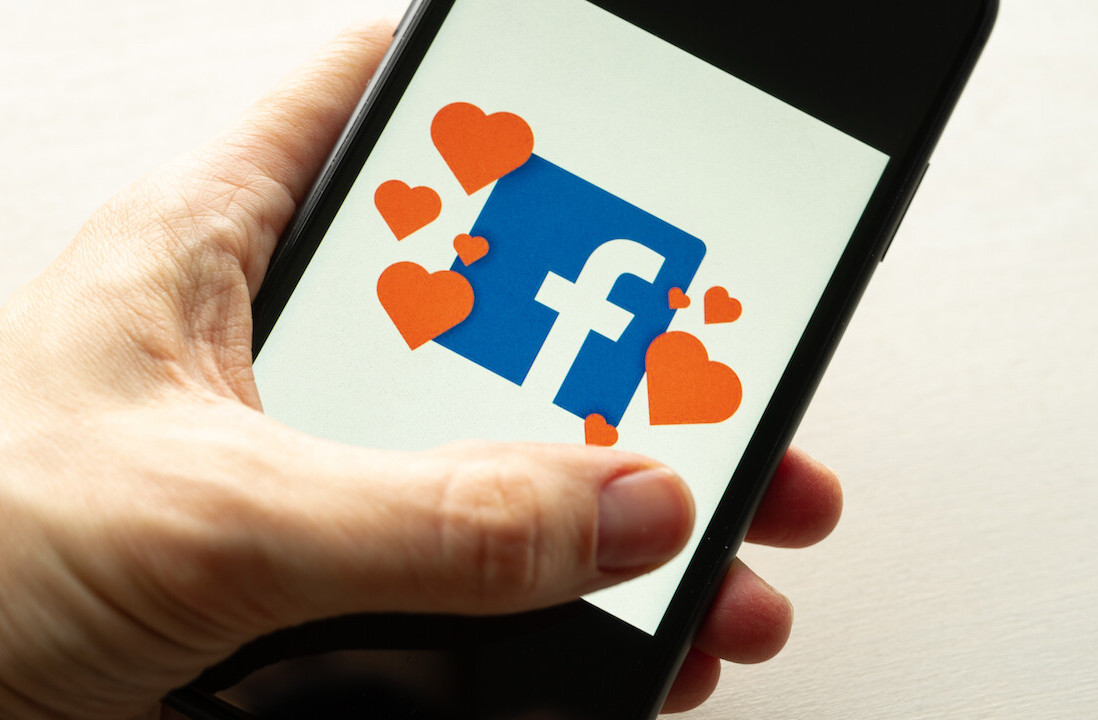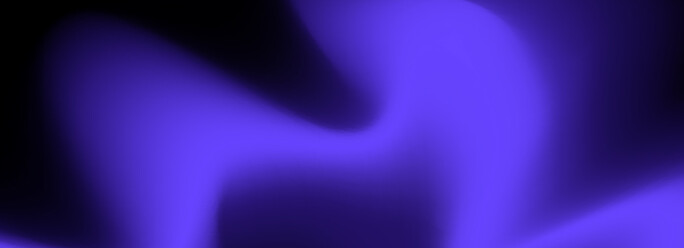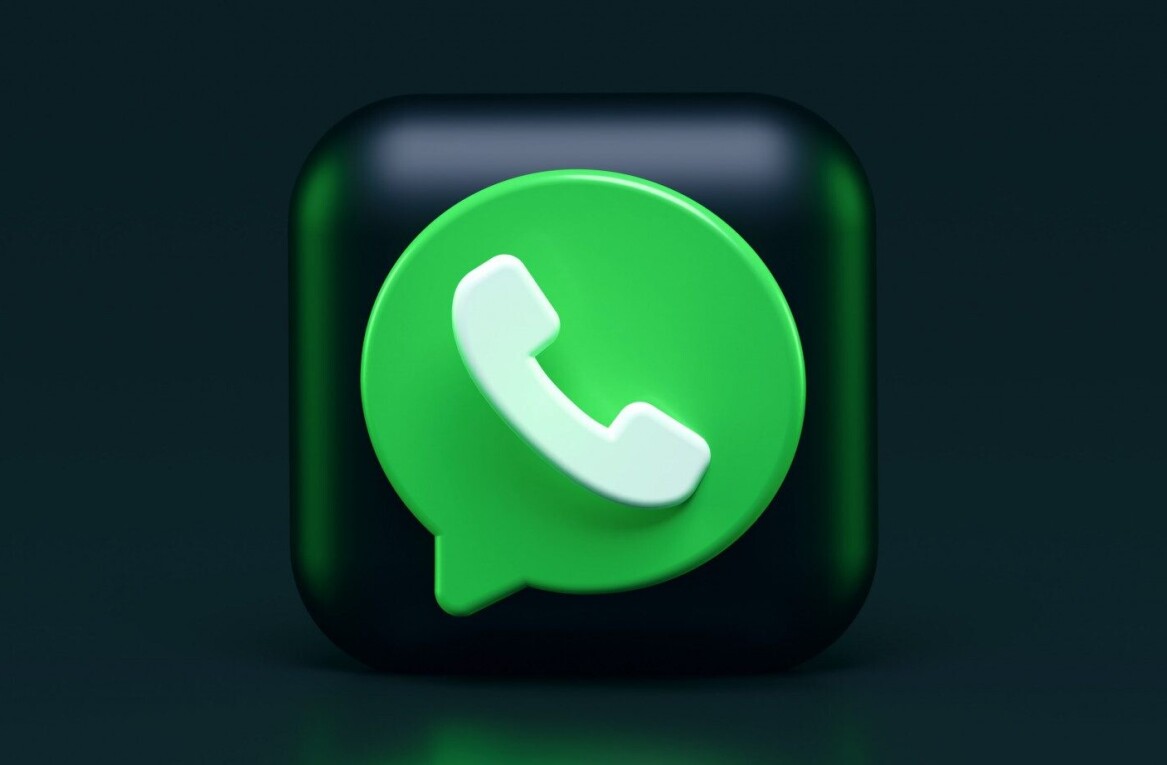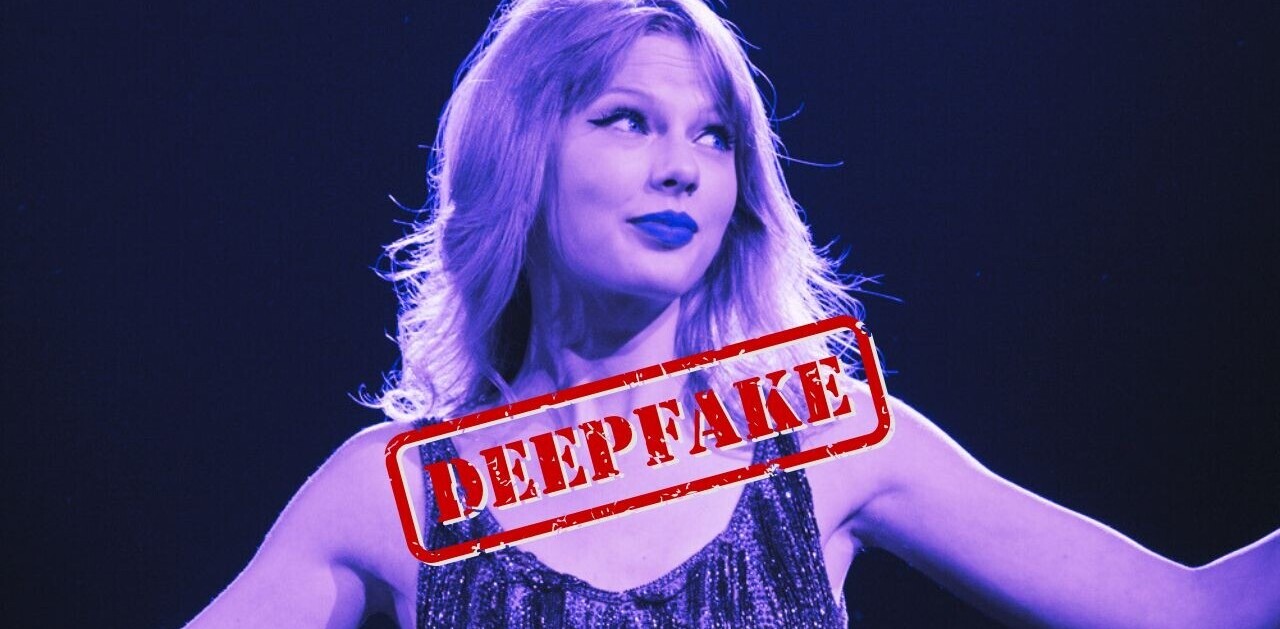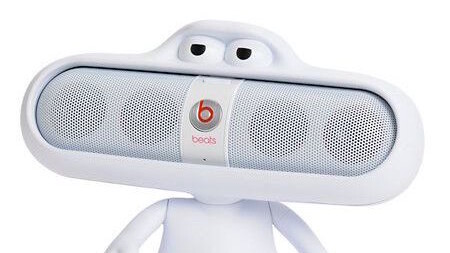
This week, the US patent office issued 6,784 patents and published 8,163 patent applications.
Each patent adds a little something new to the human knowledge base. As we cannot list all six thousand thousand, the PatentYogi team has selected the eight most interesting patents, including two from Facebook.
Facebook knows so, so much about you
Patent Number – US 20160036679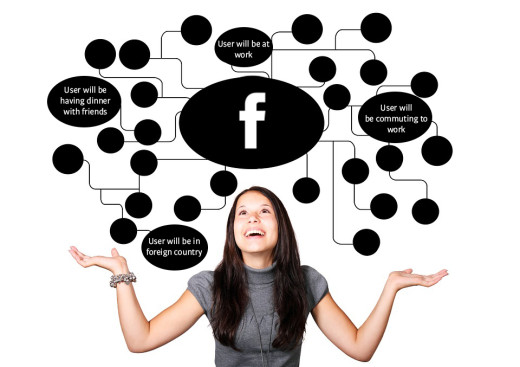
These states include whether you are at work or home, having dinner with friends and family, or even stuck in the daily commute. Out of the country? Yep, they can guess that too. All this information is then used to meet the needs of the user.
Influencer marketing directly via Facebook
Facebook has also patented method to identify experts and influencers in a social network. They plan to use experts and influencers for advertising.
So if you have built an audience on Facebook, you may be able to soon make money directly from Facebook advertising.
It’s not magic – it’s 3D printing
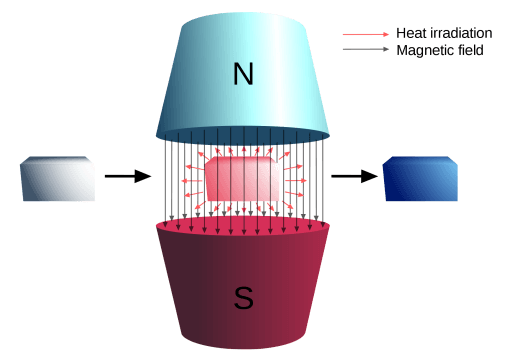
Current 3D printing techniques employs a “bottoms-up” building method in which the part is built layer by layer on a supporting platform that moves down as individual layers are formed. A single print head is moved around the platform to form each of the layers. Therefore, it’s necessary to build the part on support materials which must be later removed from the 3D printed part. Moreover, the use of a single print head to form features of each layer renders the fabrication process relatively slow.
The patented technique allows free-form fabrication of 3D parts. The part is levitated in space and can be moved or rotated to any angle in order to form desired features at any location on the part without the need for support structures to stabilize the part. Multiple print heads may be employed to simultaneously print features of the part, thereby increasing fabrication speed.
It’s a bird! It’s a plane! It’s a farmer?
Patent Number – US 20160031571
The patented multi-stage launch vehicle employs only a single set of engines resulting in a lower overall part count, higher reliability, and lower cost compared to multiple stages each having separate engines and steering actuation systems.
Once upon a time…
Patent Number – US 20160035387
Microsoft filed patent for a technique to automatic generate stories based on a selected theme by a user, using users’ assets (videos/photos/audio) to generate a quality finished product with minimum user input or direction.
Control your devices by slurping and swallowing
Patent Number – US 20160034252
The patented technology allows users to control smart devices in an intuitive and discrete manner without requiring external or visual movement. Moreover, such non-vocal sounds can be recognized more easily than for instance spoken word, such that the positioning of the microphone to detect the non-vocal sounds is less critical, thus increasing device flexibility.
Apple creates a loud mouthed speaker stand
Patent Number – US D748606
Ford’s multitrack vehicle
Patent Number – US 9,248,857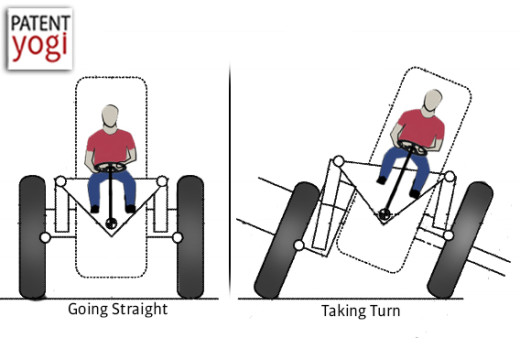
The vehicle includes a vehicle body and three wheels. All the wheels can tilt together with the vehicle body. The vehicle is small and in particular, narrow, which helps solve parking problems and traffic flow in cities. It is designed for two passengers. The patented vehicle has improved ability to self-upright after tilting.
Read next: Does your mobile app need a patent?
Get the TNW newsletter
Get the most important tech news in your inbox each week.
